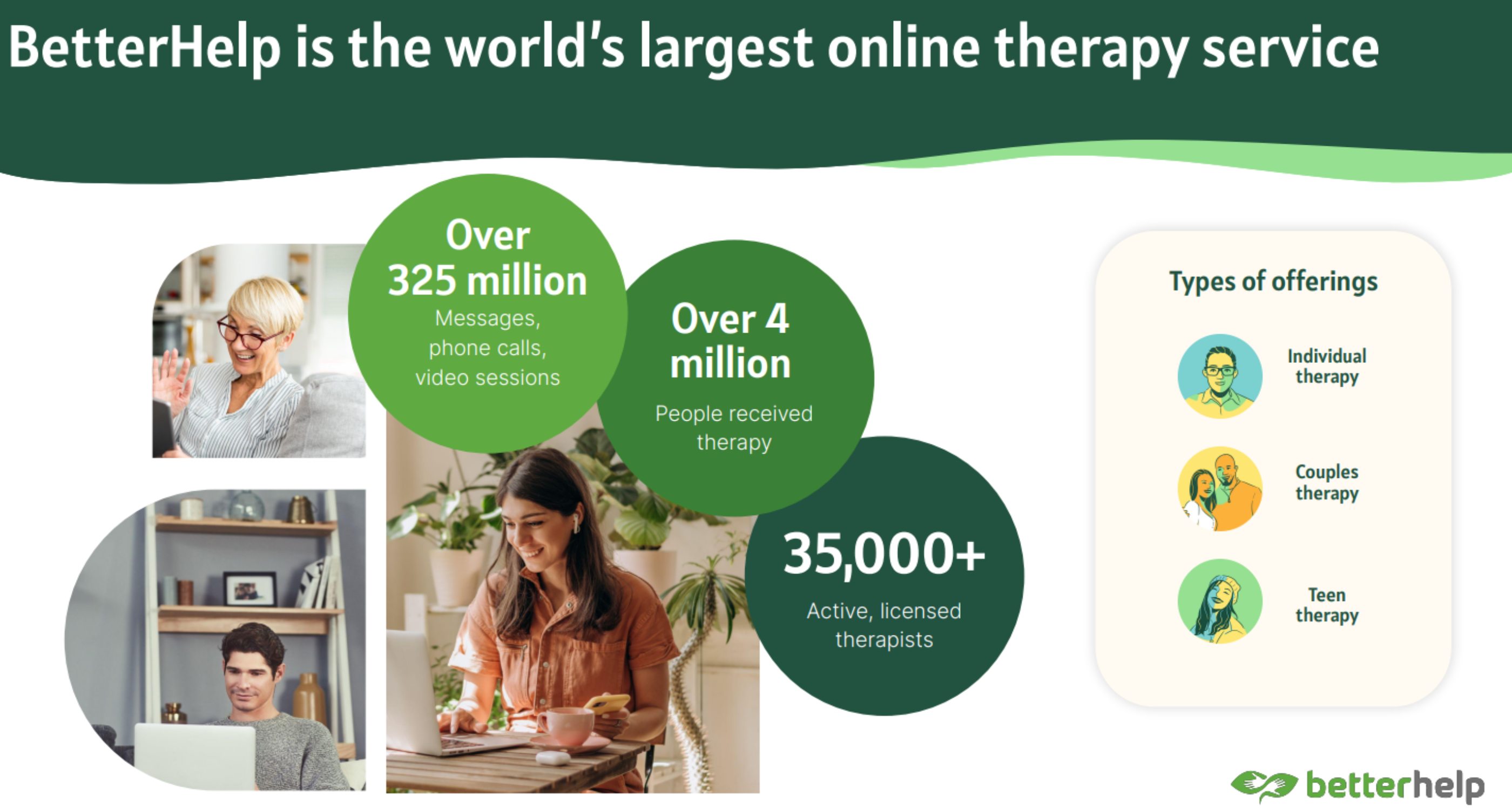How to Stop Merging with Other People’s Emotions
Stop Merging. Do you find yourself automatically absorbing the emotions of those around you? Perhaps you enter a room and immediately sense the emotional atmosphere, feeling others’ stress, sadness, or anxiety as if it were your own. Maybe you notice your mood shifting dramatically depending on who you’re with, or find yourself emotionally exhausted after spending time in groups without understanding why. If the boundary between your feelings and others’ seems permeable or even non-existent at times, you’re experiencing a specific pattern of emotional merging that likely developed as an adaptation to your early environment but may now be creating significant challenges in your relationships and emotional wellbeing.
This empathic absorption isn’t simply “being sensitive” or caring deeply about others. It typically develops through early experiences where attunement to others’ emotional states was necessary for psychological or even physical safety. Perhaps you grew up with a caregiver whose unpredictable emotions dictated the emotional climate of your home, creating the need to constantly monitor their feelings to navigate potential volatility. Maybe your own emotions were consistently dismissed or invalidated, leading you to focus on others’ experiences rather than your own. Or perhaps you assumed a caretaking role beyond your developmental capacity, requiring hyperawareness of others’ needs and feelings at the expense of your own emotional boundaries.
Your body orchestrates this merging through specific physiological patterns. You might notice automatic physical mirroring when with others—unconsciously matching their breathing rhythm, posture, or tension patterns as your nervous system synchronizes with theirs. Perhaps you experience others’ emotions as physical sensations in your own body—feeling heaviness in your chest when someone is sad or tension in your shoulders when others are anxious. You may find yourself physically orienting toward others—your body literally turning toward and focusing attention outward rather than maintaining your own somatic center. These physical patterns aren’t random but reflect how emotional boundaries become blurred at the bodily level, creating automatic merging that happens before conscious awareness or choice.

The most challenging aspect of this pattern is how it creates confusion about what you’re actually feeling. When you continuously absorb others’ emotional states without clear internal boundaries, you may lose touch with your own authentic feelings, needs, and preferences. This creates significant challenges in decision-making, self-understanding, and relationship dynamics where knowing your genuine experience becomes difficult or even impossible amidst the constant absorption of others’ emotional realities. The resulting self-alienation can lead to choices that don’t actually align with your authentic needs or values, relationships where others’ wellbeing consistently takes priority over your own, and a profound disconnection from your internal guidance system.
What makes this pattern particularly difficult to change is how it often appears as exceptional empathy, intuitive understanding, or compassionate connection—qualities that receive significant social reinforcement. You’ve likely been praised for your ability to sense others’ needs, described as highly intuitive about people’s feelings, or valued for your emotional caretaking capacities. This positive reinforcement obscures the substantial costs of boundary-less empathy, making it challenging to recognize when emotional merging has moved beyond healthy connection into self-abandonment and empathic overwhelm.
Finding strength through working with shame
Healing Exercise #1: The Emotional Origin Check
When you notice yourself experiencing a strong emotion, pause and try this brief practice: Place one hand on your heart and take a deep breath. Ask yourself: “Is this feeling mine, someone else’s, or a combination?” Notice your first internal response without judgment. Then explore: “When did this emotion begin? Did it start before or after contact with another person? Does its intensity match my actual situation?” This simple check helps develop awareness of emotional origins, the first step toward distinguishing between your authentic feelings and absorbed emotions that may not actually reflect your own experience.
Healing Exercise #2: The Energetic Boundary Visualization
Many empathic mergers benefit from intentionally visualizing the energetic space between themselves and others. Practice this exercise daily and before interactions that typically trigger merging: Close your eyes and imagine a permeable but distinct boundary surrounding your body—perhaps visualized as light, energy, or a transparent membrane. This boundary allows you to sense and care about others’ emotions without automatically absorbing them as your own. Imagine others’ feelings approaching this boundary but remaining distinct rather than passing through and becoming indistinguishable from your own. Notice how it feels to maintain this energetic distinction while still remaining compassionately connected.
Healing Exercise #3: The Somatic Centering Practice
Emotional merging often correlates with losing connection to your physical center. Develop greater somatic boundaries through regular practice: Several times daily, especially when with others, bring attention to your physical midline—the central axis of your body from the top of your head down through your core to your feet. Feel the weight and substance of your physical body, particularly noticing sensations in your lower abdomen, pelvis, and legs that ground you in your separate experience. Place a hand on your belly, feeling your own breathing rhythm regardless of others’ patterns. This embodied centering helps maintain physical boundaries that support emotional distinction even during empathic connection.
Healing emotional merging involves understanding the crucial difference between empathy and absorption. Healthy empathy involves sensing and caring about others’ emotional experiences while maintaining awareness of the distinction between their feelings and your own. Absorption, by contrast,
involves automatically taking on others’ emotions as if they were yours, losing the boundary that allows for compassionate connection without self-abandonment. This important distinction helps transform your empathic capacity from a potential source of overwhelm and confusion into a valuable gift that serves both genuine connection with others and authentic understanding of yourself.
Your physical environment significantly impacts your capacity for emotional boundaries. Many empathic mergers unconsciously create surroundings that reinforce external focus—perhaps maintaining spaces that prioritize others’ comfort over your own needs, positioning furniture to facilitate attending to others rather than maintaining your own center, or failing to create private areas where you can regularly reconnect with your distinct experience. Consider adjusting your environment to support greater emotional boundaries—creating dedicated spaces for self-connection, arranging seating that allows both engagement and appropriate distance, or incorporating elements that help you maintain physical awareness of your separate self while in relationship.
The timeline for developing emotional boundaries deserves particular patience and compassion. If you’ve spent years or decades automatically absorbing others’ feelings without distinction, your nervous system has established powerful patterns of emotional synchronization that don’t transform overnight. Each small step toward greater boundary awareness represents significant growth, even when these changes might seem subtle compared to the depth of the merging pattern. Understanding the gradual nature of this development helps maintain motivation through a process that inevitably includes both progress and moments of continued merging as new neural pathways for emotional distinction are established.
Remember that healing emotional merging doesn’t mean becoming insensitive or disconnected from others. The goal isn’t to eliminate your empathic capacity but to transform it from automatic absorption to conscious connection—developing the ability to sense and care about others’ feelings without losing touch with your own emotional reality in the process. As you practice maintaining this distinction, you may discover that your empathy actually becomes more effective and sustainable, allowing you to be genuinely present with others without the confusion, depletion, and self-alienation that accompanies boundary-less merging. This balanced empathy serves both authentic connection with others and faithful attunement to your own emotional truth, creating relationships based on genuine exchange rather than unconscious absorption.

Keywords: Stop Merging, polyvagal theory, gestalt therapy, psychotherapy, parents, parental trauma, somatic experiencing, Licensed therapist near me in Manhattan NYC, Affordable therapy services in New York State, Holistic psychotherapy sessions in NYC, Somatic Experiencing therapy for trauma recovery in New York City, NARM therapy in Brooklyn, Licensed couples therapy in Manhattan, Gestalt therapy near me in NYC, Marriage counseling in Queens NYC, Therapy for anxiety treatment in NYC, Experienced psychotherapist in New York, Licensed psychotherapist near me in NYC, Somatic Experiencing therapy sessions in New York, Trauma therapy and counseling in Manhattan, Gestalt therapy sessions in New York City, Therapy sessions for emotional regulation in New York, Trauma therapy near me in Brooklyn New York, Licensed mental health therapist in Manhattan NYC, Depression therapy in New York, New York City therapist experienced in PTSD treatment
Contact us: Feel and Heal Therapy Office
For companies: Creative Manager
Somatic Experiencing therapy – connection of mind, body and emotions







